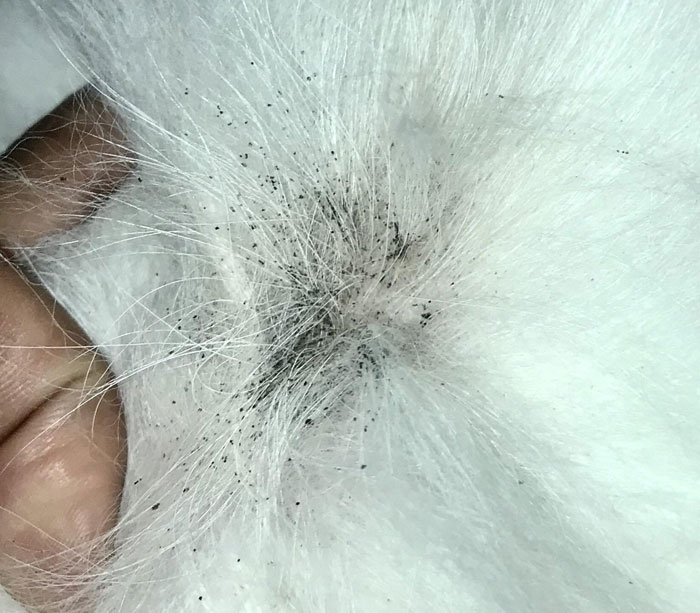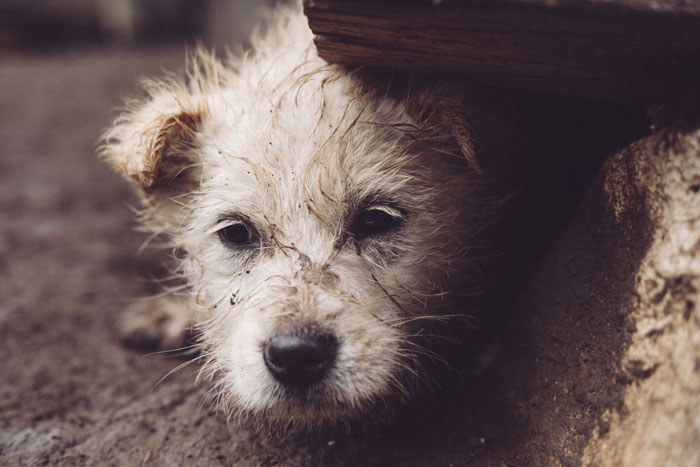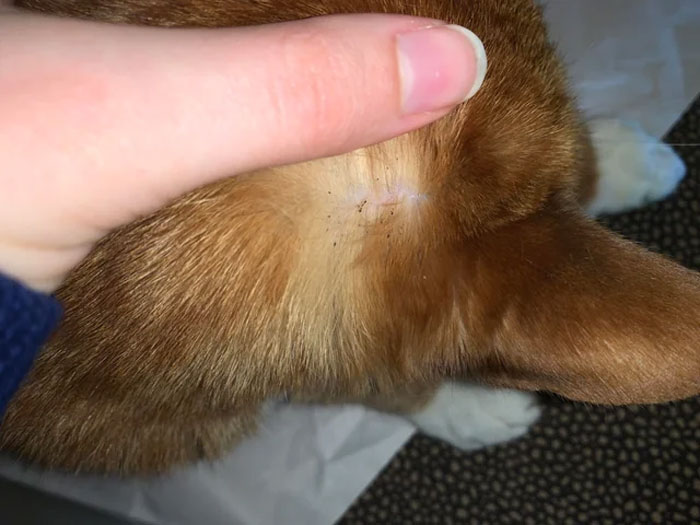As a dog owner, have you ever come across small, dark specks in your pet’s coat or bedding and wondered what they were? These little specks, called flea dirt, might look like regular dirt, but they’re a sign of a flea problem. Fleas are small and don’t have wings – but they can jump really high up to 200 times their own length. And this agility, coupled with their speed, often makes them elusive to the naked eye.
HighlightsFlea dirt is flea poop made of digested blood, not just regular dirt, indicating a flea problem.The ‘paper towel flea dirt test’ helps distinguish flea dirt from regular dirt using water.Fleas pose health risks to pets (like dermatitis and anemia) and humans (such as typhus).Effective flea control includes treating both pets and home environments with vet-recommended methods.
So, keep reading to learn how to protect your beloved pet and keep your home free from fleas and flea dirt.
The information provided herein is for informational purposes only. Please refer to ourdisclaimerfor more details..
Table of ContentsWhat Is Flea Dirt?Identification Test for Flea DirtCauses of Flea Dirt on DogsDangers of Fleas & Flea DirtSigns of Flea Dirt on DogsHow To Treat Your Pet and Home for Fleas and Flea Dirt1. Use a Flea Comb2. Medications3. Flea Shampoo and Sprays4. Treating the Home5. Cleaning Bedding and Furniture5. Check Other Pets6. Avoid Unproven TreatmentsHow To Prevent Fleas and Flea DirtConclusion
What Is Flea Dirt?
Image credits:

Characteristically, flea dirt appears as tiny, dark brown or reddish black specks, akin to coffee grounds & can be found on:
Knowing what flea dirt looks like is key to dealing with flea problems because regular dirt from the ground is different, being black or, in some places, red like clay.
And also flea dirt not only indicates the presence of fleas but also serves as a food source for developing flea larvae. Spotting flea dirt means you can start getting rid of fleas to keep your dog happy and healthy.
Identification Test for Flea Dirt
There’s a simple way to check if what you’re seeing is flea dirt or just regular dirt. It’s called the“paper towel flea dirt test.”Take some of the specks you’re not sure about and put them on a wet paper towel. If these specks spread out and turn the paper towel reddish – then you’re looking at flea dirt.
And this happens because the poop has blood in it. If it’s just dirt or something like dry skin, the paper towel won’t change color. So this quick test can really help dog owners figure out if they’re dealing with fleas and get started on treating the problem.
Causes of Flea Dirt on Dogs
Image credits:wirestock

Finding flea dirt on your dog is a clear sign they’re dealing with fleas. Let’s look at what causes this annoying problem, so you can help prevent it in the future:
Knowing about these common ways fleas get around is key to stopping them and keeping your dog happy and healthy.
Dangers of Fleas & Flea Dirt
Flea dirt on your dog isn’t just a small problem; it’s a warning sign of bigger health risks for both your pet and you. It’s really important for dog owners to know about these dangers.
Remember, while flea dirt might seem harmless, it’s a vital indicator of the presence of fleas, which carry far-reaching implications for the health & well-being of both pets and their human companions.
Signs of Flea Dirt on Dogs

Identifying flea dirt on your dog is crucial for their health and comfort. Staying alert to the signs can help you find and tackle flea problems quickly. Here’s what you should look out for:
When checking your dog, gently move their fur apart and look at the base of the hairs. Because fleas and their dirt like to hang out in specific spots, like:
A flea comb can really help grab flea dirt and even catch some fleas. And always comb in the direction the fur grows for the best shot at finding them.
By keeping an eye on these signs and checking your dog regularly, you can spot fleas early. This means you can keep your furry friend healthy and happy.
How To Treat Your Pet and Home for Fleas and Flea Dirt
Treating your petand home for fleas and flea dirt involves a comprehensive approach. First and foremost, consult with your veterinarian for a tailored flea treatment plan for your dog. The plan will likely include a mix of the following methods to eliminate both fleas and flea dirt.
Remember, just cleaning isn’t enough. And, if there are still fleas on your pet, they’ll just keep making more flea dirt. To truly get rid of fleas, you need to treat both your pet & your living space. Here’s how:
1. Use a Flea Comb
Grab a fine-toothed metal comb and comb your dog daily to catch fleas in all their life stages. It’s best to do this over a bathtub – so you can wash away the fleas, eggs, and dirt. And after each combing session, dunk the comb in soapy water to kill the fleas. This step is super important, especially if there’s a severe infestation.
2. Medications
Talk to your vet about thebest flea medicinefor your dog. Options include:
For quick short-term relief, you can use over-the-counter meds like Capstar® andAdvantus®, but they only kill adult fleas.
Note:These medications should only be used on your veterinarian’s recommendation.
3. Flea Shampoo and Sprays
4. Treating the Home
Fleas and their dirt can hide in your house, too. Regular vacuuming of floors, furniture, pet beds & other areas where your dog spends time is crucial. Use detergents and surface disinfectants as you normally would. Flea eggs can lodge in carpets and soft furnishings – so vacuum these thoroughly and frequently. And, throw out the vacuum bag in a sealed trash can outside your house after you’re done.
5. Cleaning Bedding and Furniture
Clean Bedding and Furniture: Wash all pet bedding, pillows, and blankets. If your pet sleeps on your bed, wash your bedding, too. Use hot water and dry everything with high heat or sunlight to kill fleas and eggs. And for really bad flea problems, you might need special sprays, powders, or other products for your home & yard. Make sure anything you use is safe for pets.
5. Check Other Pets
If one pet has fleas, the others probably do, too. So make sure to treat all your pets for fleas.
6. Avoid Unproven Treatments
Avoid Unproven Treatments: Stay away from “natural” or homeopathic flea treatments since they’re not proven effective and could hurt your dog. Stick to FDA-approved flea meds. Some products, like Simparica, come from natural sources and might be a good option if you’re looking for something more natural. Again, always talk to your vet to find the safest and most effective flea treatment for your pet.
When picking flea control products, it’s really important to choose ones that are right for your pet’s type, size, and health.
How To Prevent Fleas and Flea Dirt
Keeping your dog free from fleas and flea dirt is super important for their health and for keeping your house clean. Here’s how to do it:
Sticking to these steps can help lower the chance of your dog getting fleas and making flea dirt.
Conclusion
6Kviews6Kviews
Pet Wellness